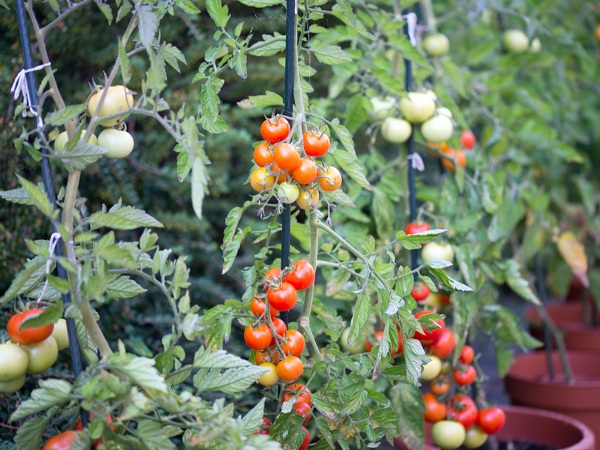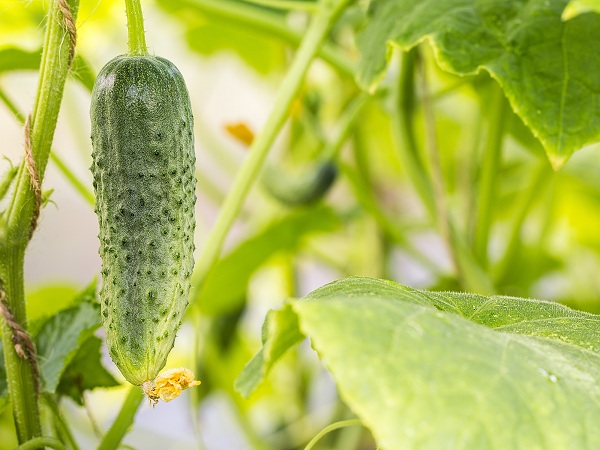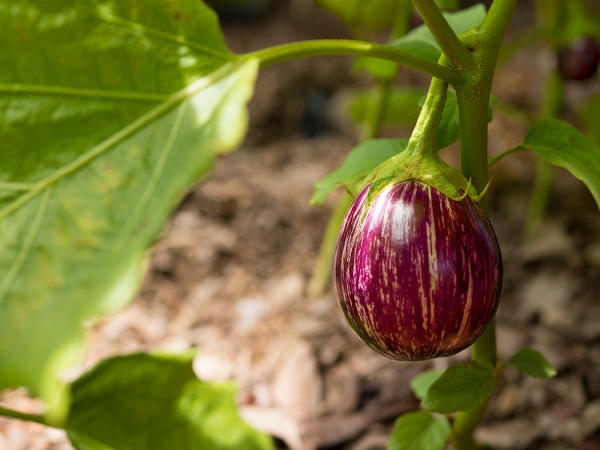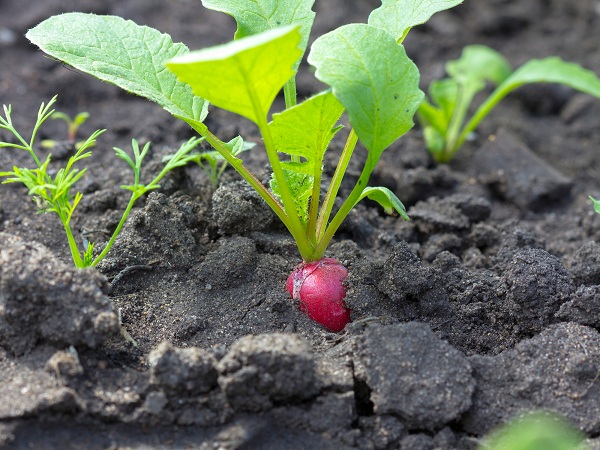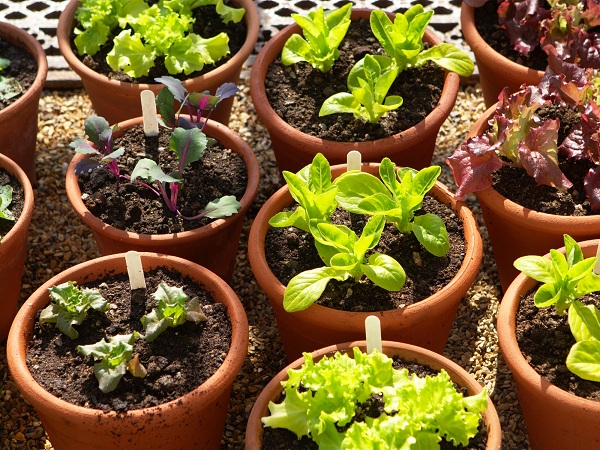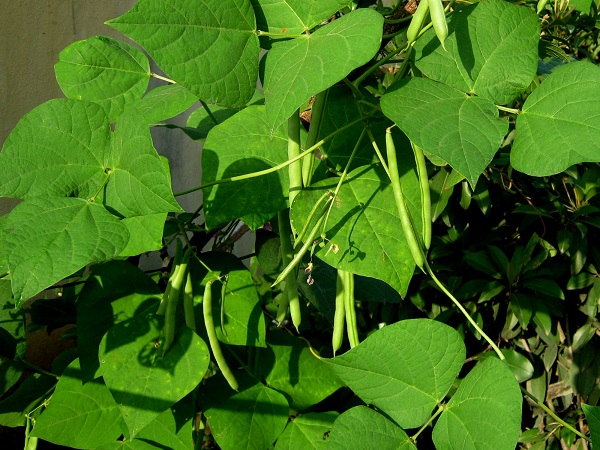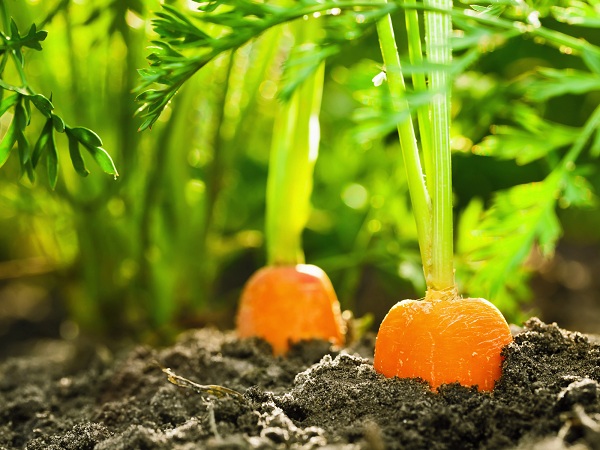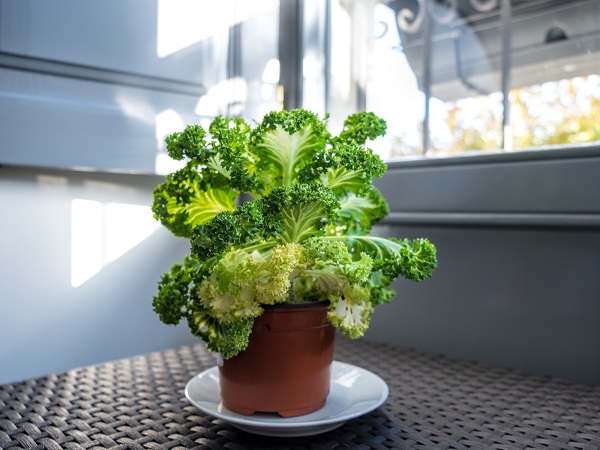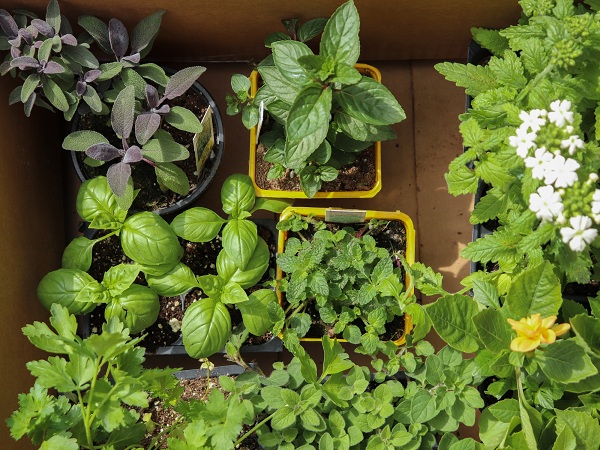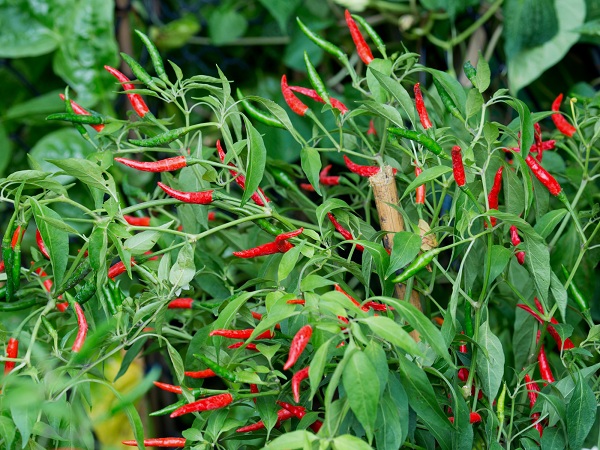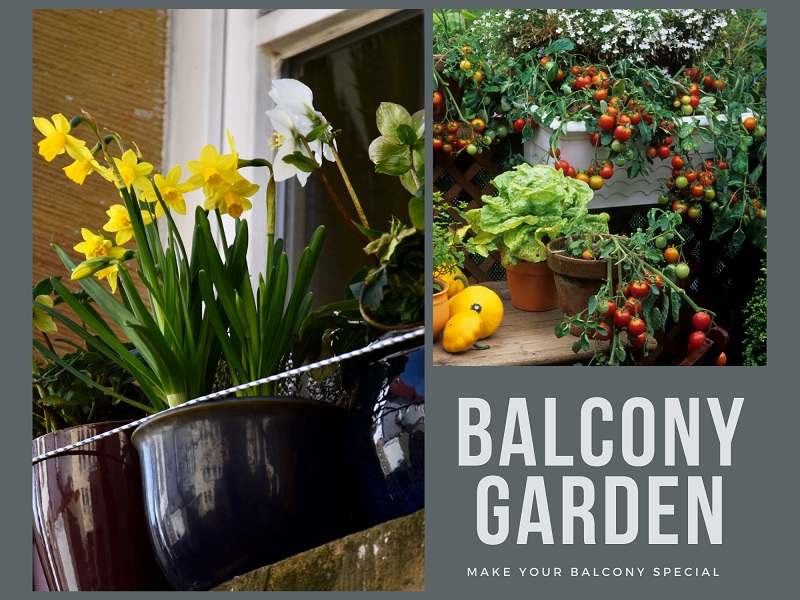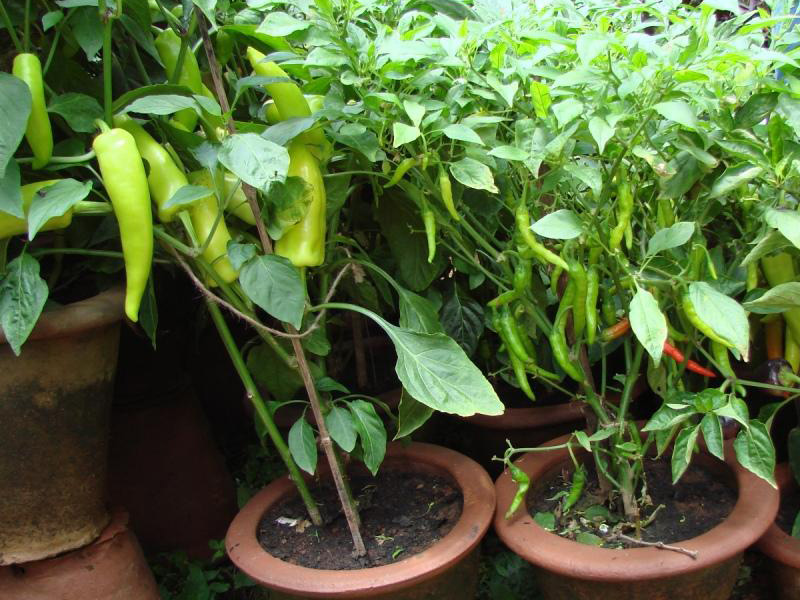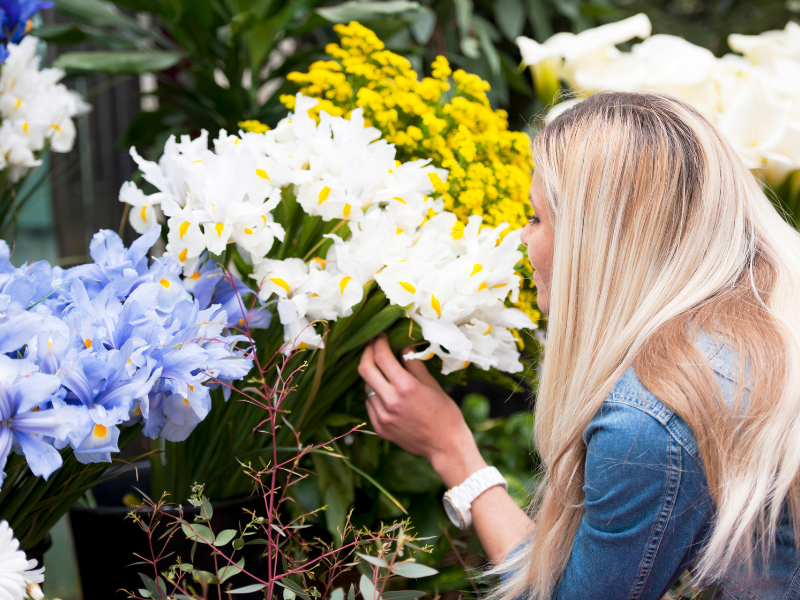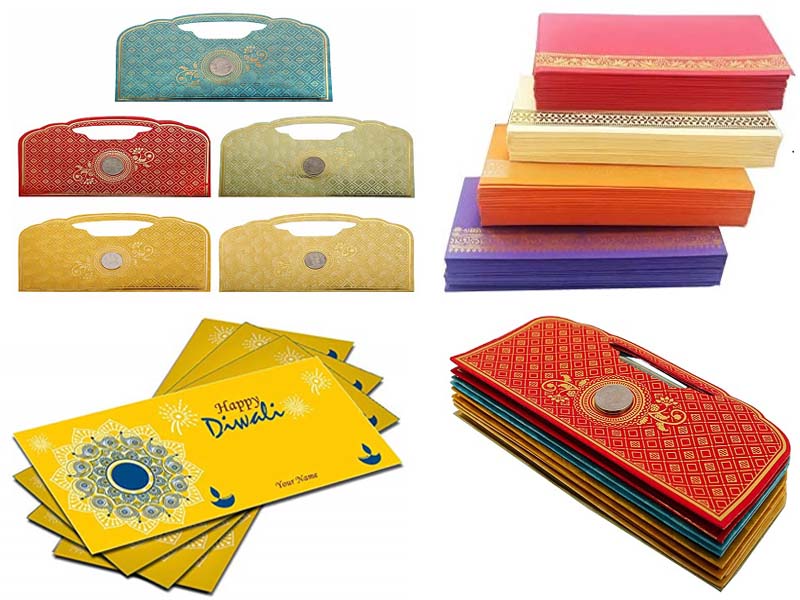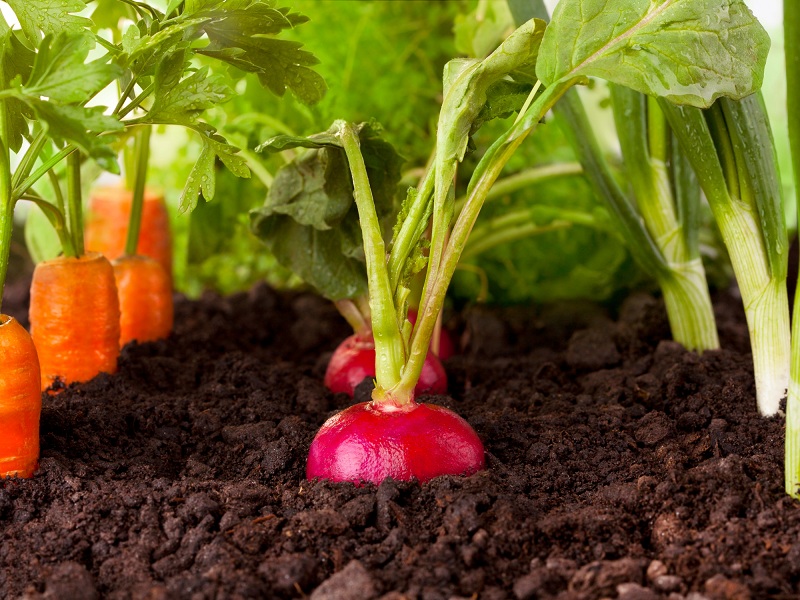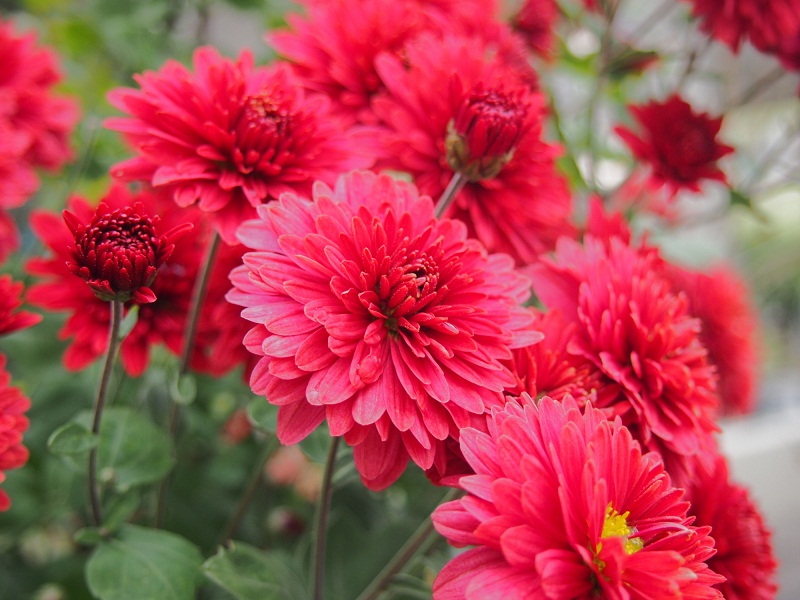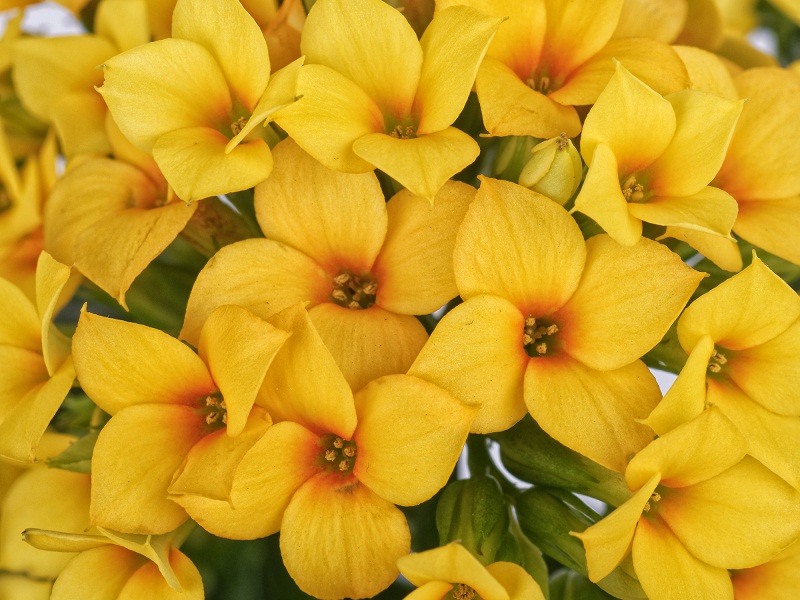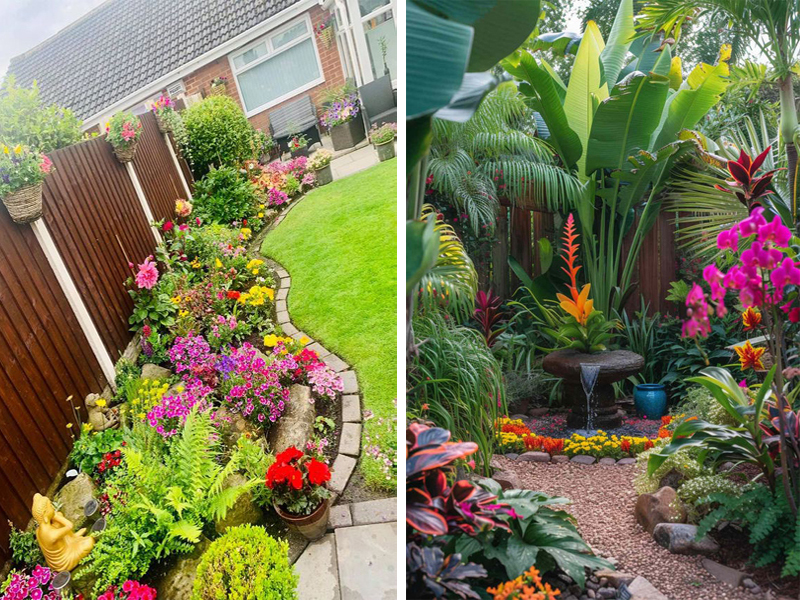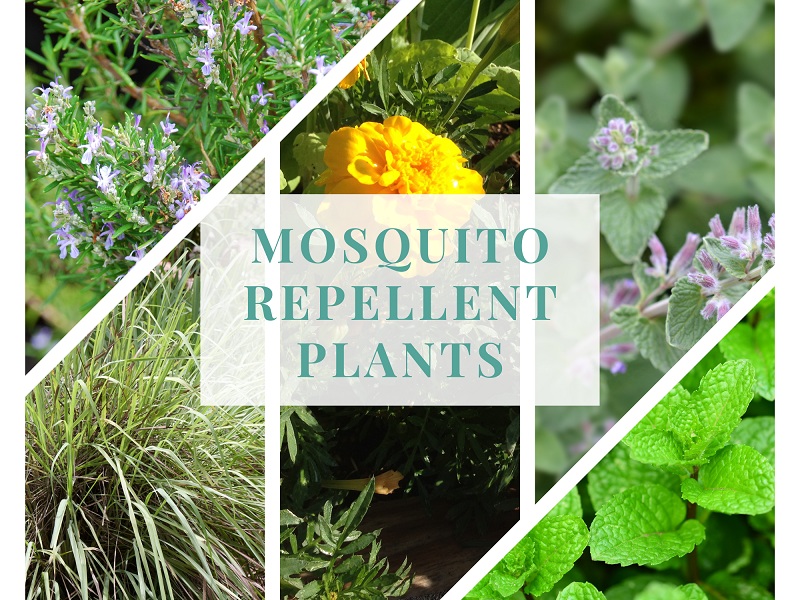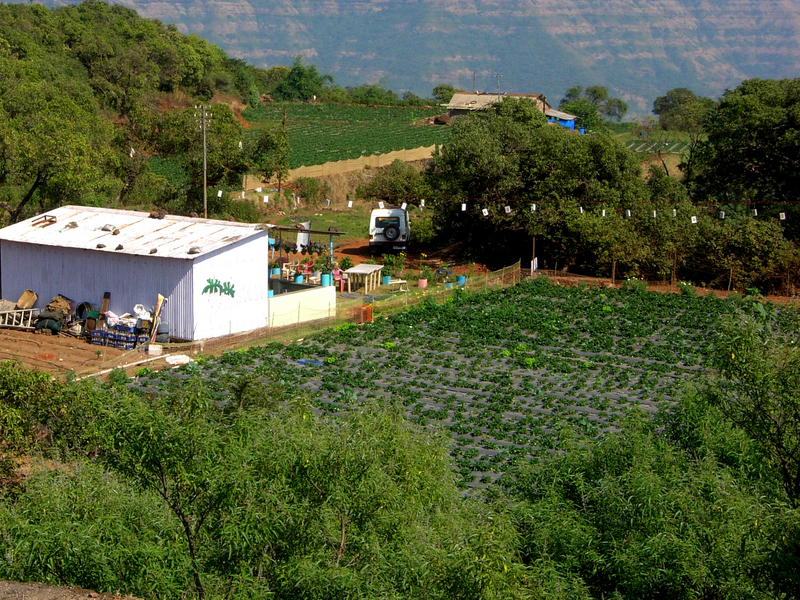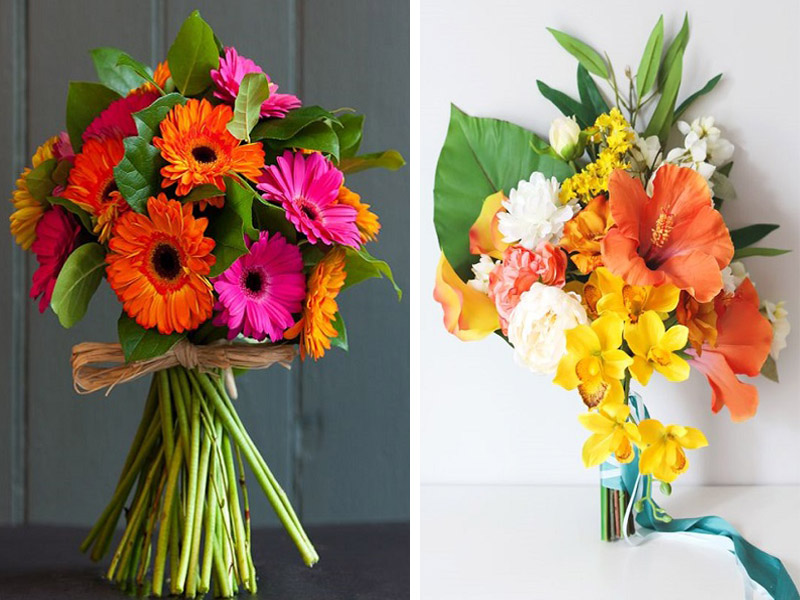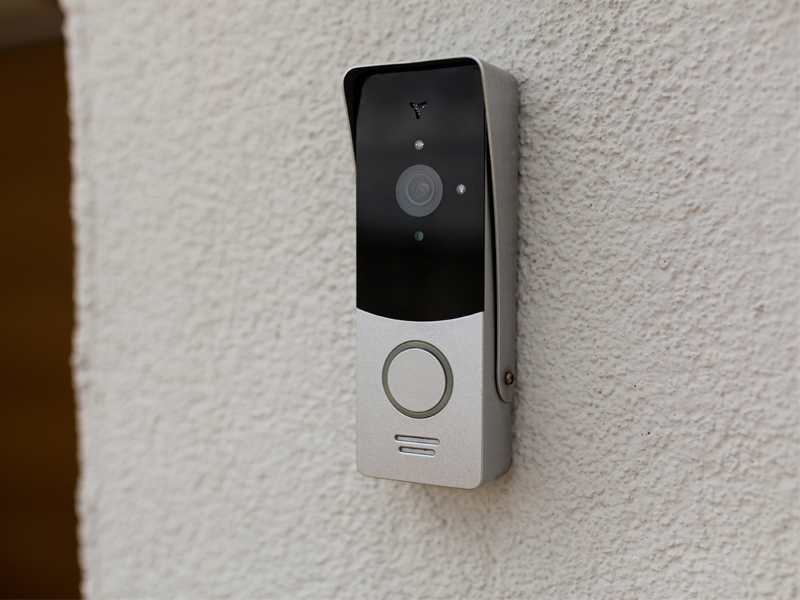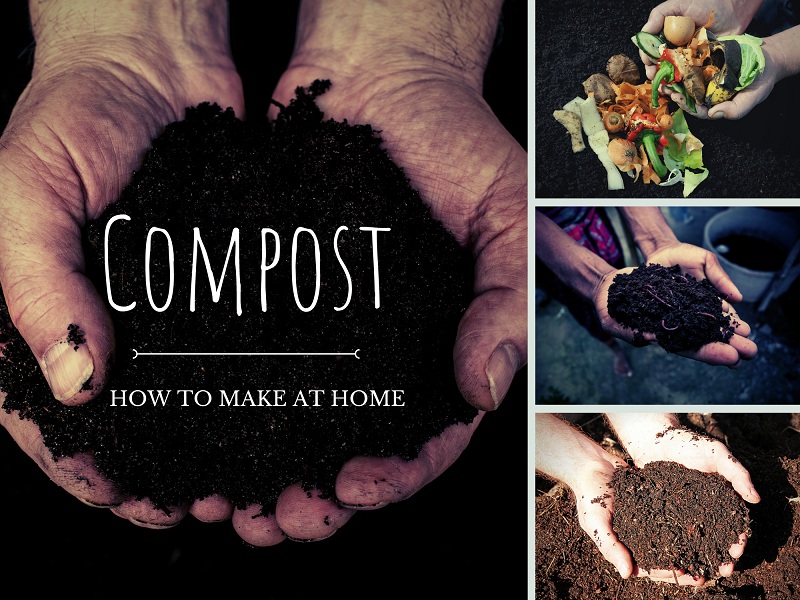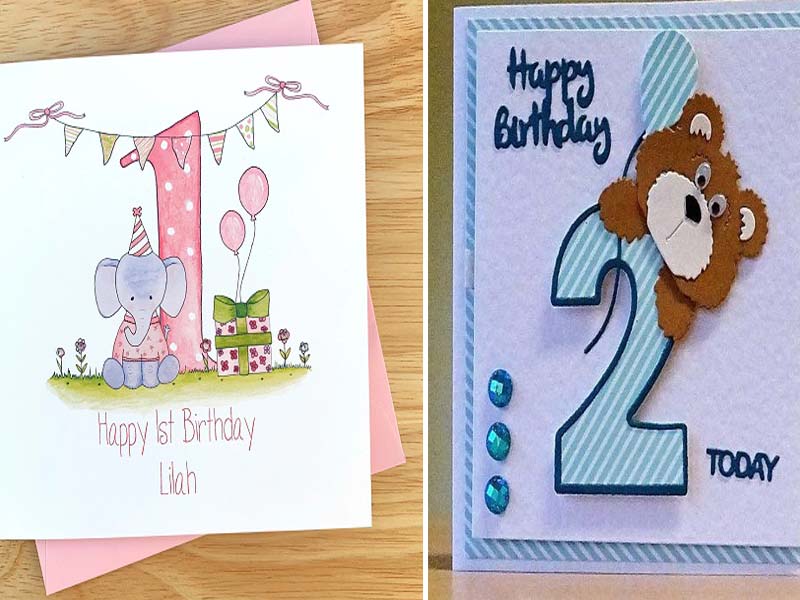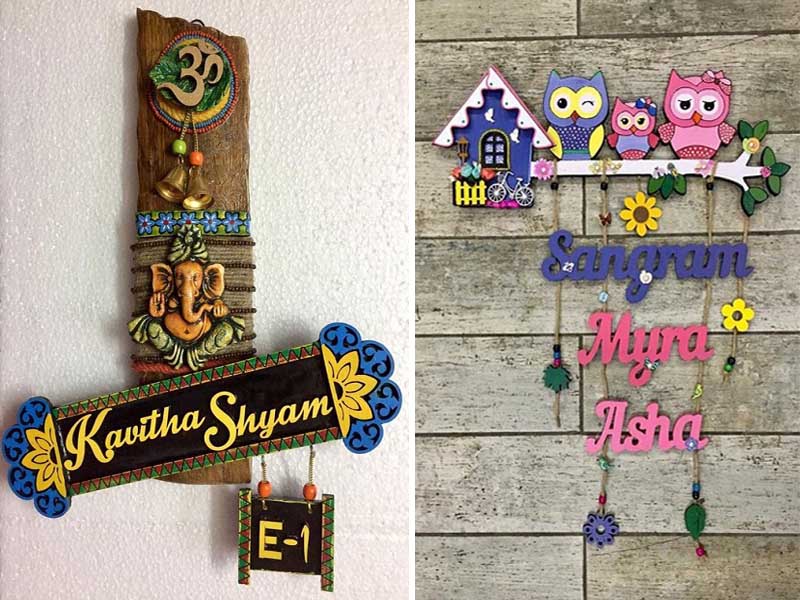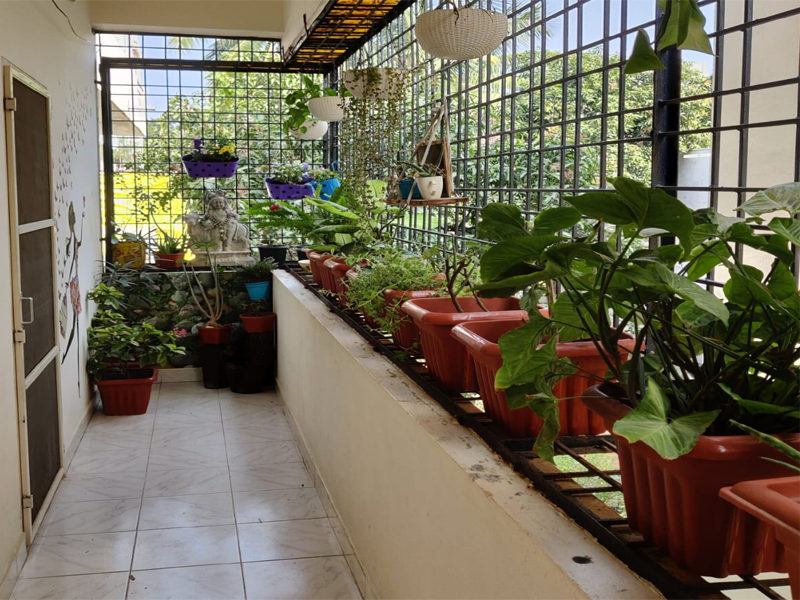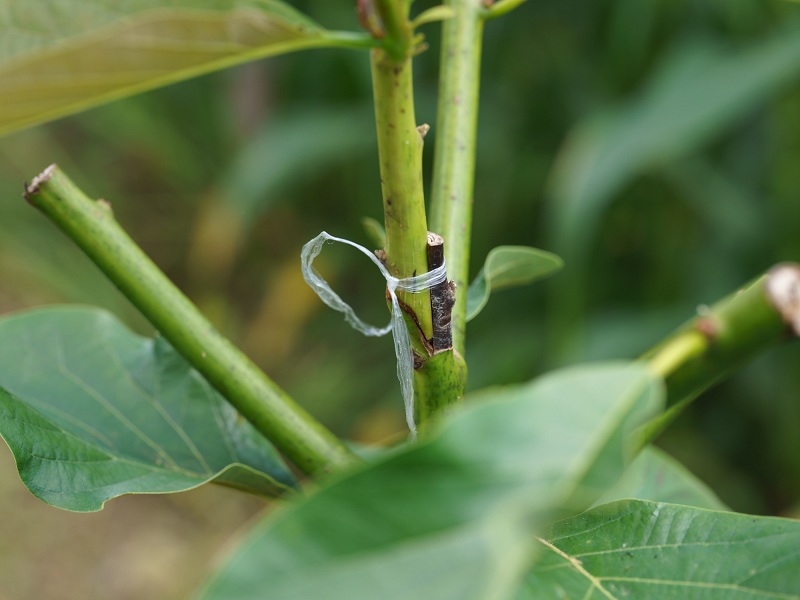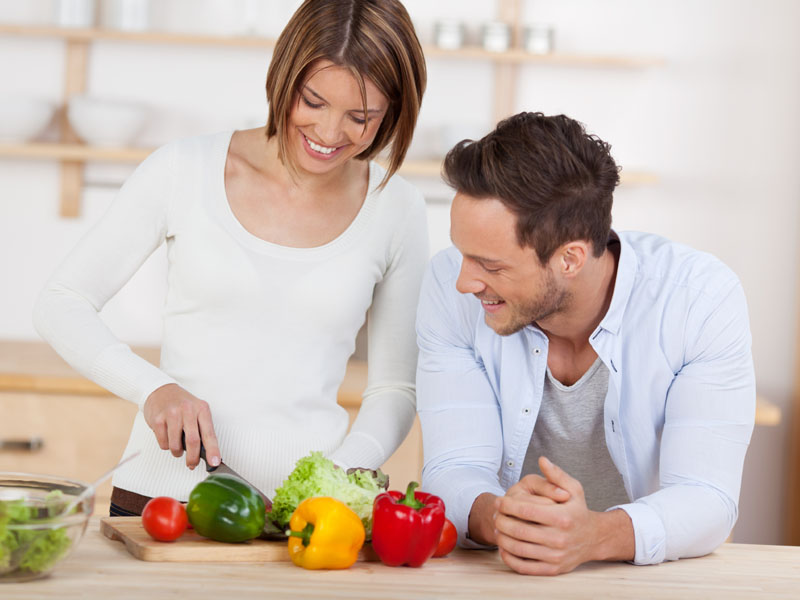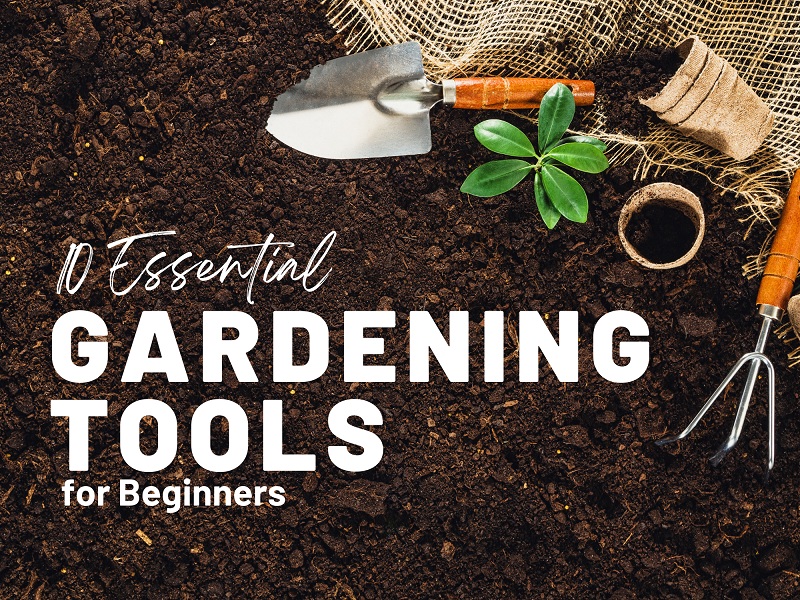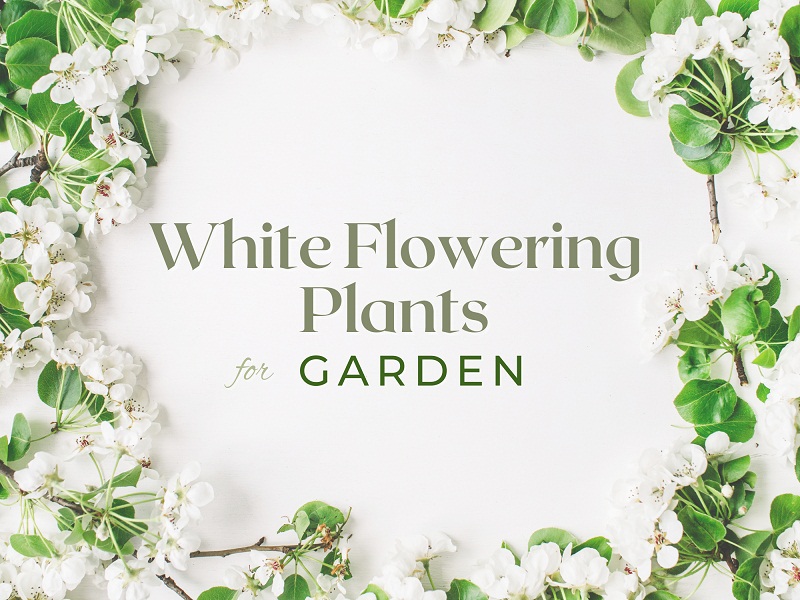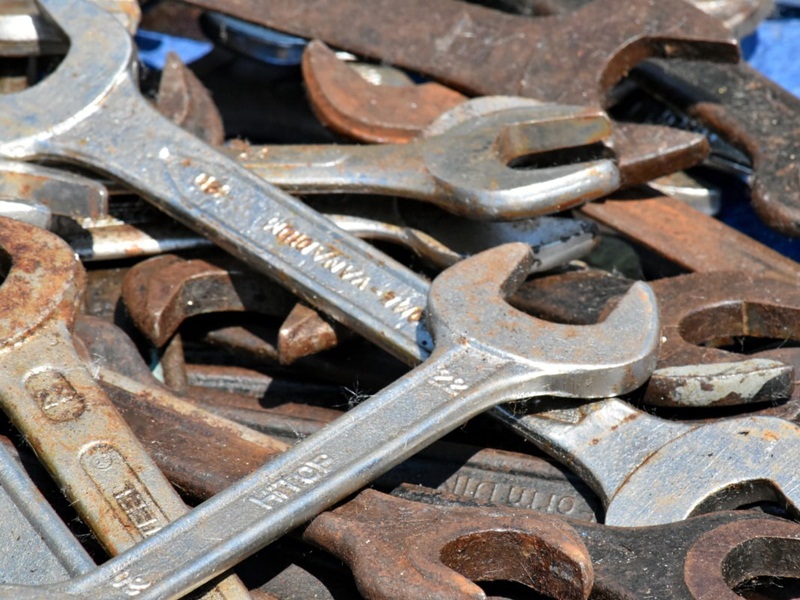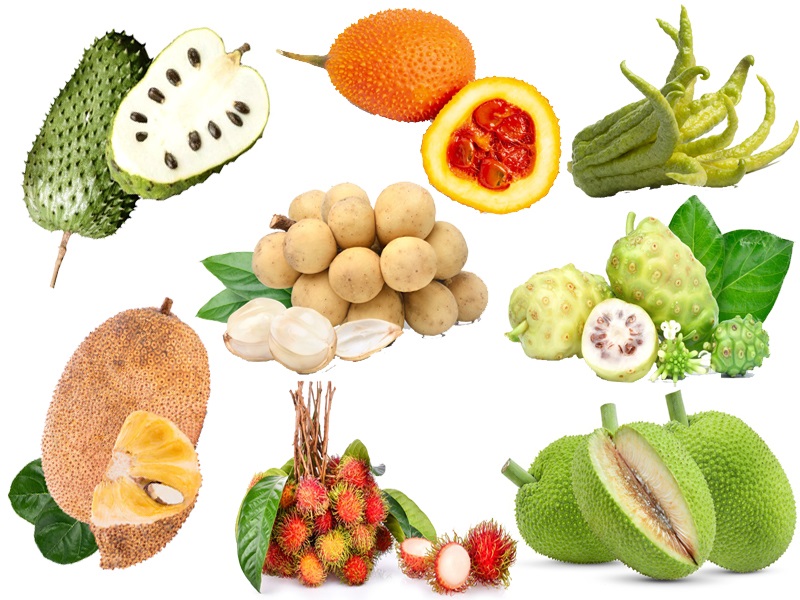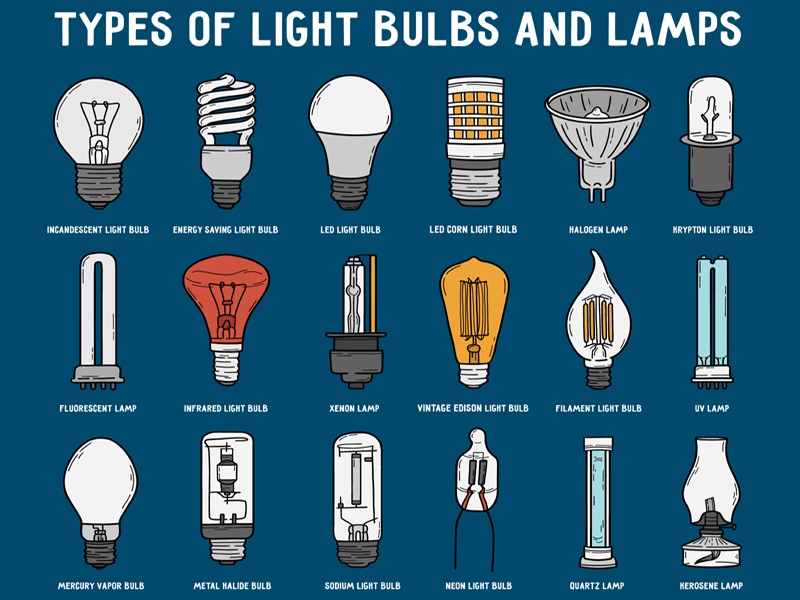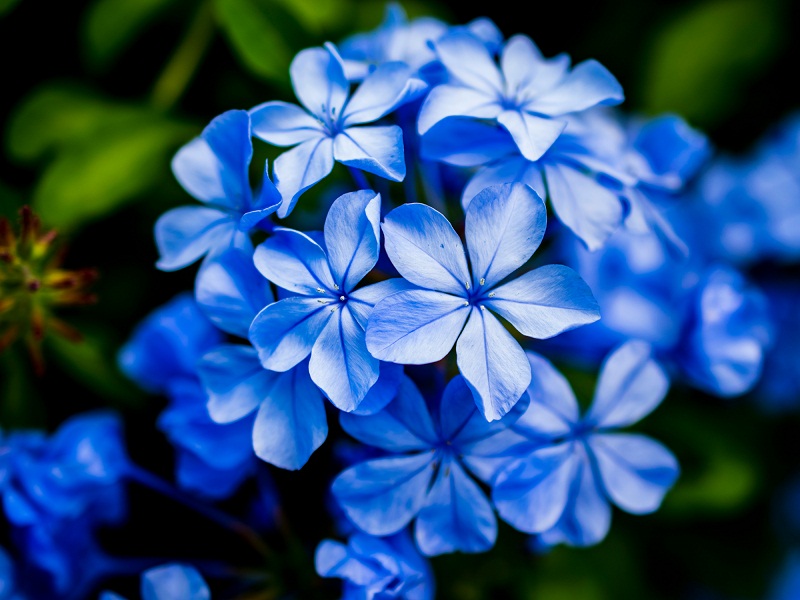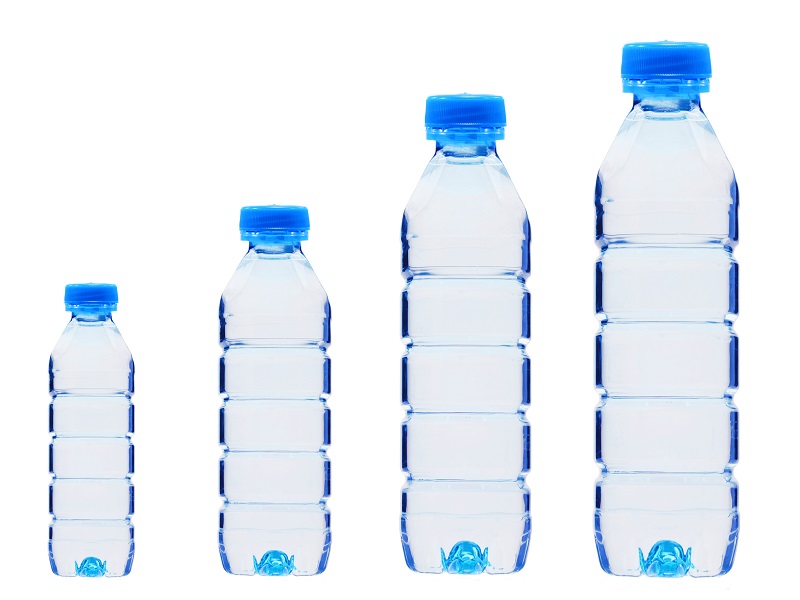Are you unsure whether the vegetables in your local store are organic? Unfortunately, the term “organic” has been used for so many things that it is becoming difficult to know which are organic and which aren’t. But plating easy grow vegetables in your home vegetable garden can be a perfect solution when you don’t want subpar vegetables and greens.
But before you trash the idea, read this article to know which vegetables are easy to grow at home and how to grow them by following simple hacks. Before you know it, you will have a little garden filling your plates with healthy food. Of course, you need patience and some planters, seeds, saplings, and potting soil.
10 Easy to Grow Vegetables to Grow in Pots for Beginners:
Creating your kitchen garden or growing your vegetables at home can be troublesome, especially if you are a beginner. This is where having proper knowledge about which vegetables are easy to grow from seed can be very helpful. Furthermore, by growing plants from seeds, the success rate is higher, offers more variety, and is less expensive. Here is the list of the top easy vegetables to grow in your backyard:
1. Tomatoes in the Garden:
Tomatoes are a perfect example of easy-to-grow vegetables at home for beginners and are indispensable in many cuisines. These are summer-season vegetables that are grown as summer annuals. Therefore, March through June is the perfect time to seed indoors. However, if you wish to develop this juicy veggie in a pot, then here is what you will have to do:
- When preparing a potting mix, mix sand, red soil, compost, cocopeat, and neem cake in a 30:20:20:10 ratio.
- Keep an equal distance between the tomato seeds when sowing them in the potting mix.
- Create a semi-greenhouse effect by covering the seeds with hay or dried leaves. Then, continue to spray water on the roots until you see sprouts.
- You can transplant the sapling into a big pot once four sets of true leaves appear from the seeds.
- Stake the plants with sticks on all four sides once you transplant the saplings. Make sure you add compost once a week until the tomato plant flowers.
- Once every 15 days, spray diluted neem oil in a dishwashing solution because the tomato plant is vulnerable to attacks by leaf miners and mealybugs.
2. Cucumbers in the Garden:
Cucumbers are another easy-to-grow vegetable for first-time gardeners, especially during the summer. It is a creeping vine plant that has a raw and crunchy texture. Since cucumbers are a variety that doesn’t need too much care, many home gardeners choose this plant, which is high in potassium and vitamin K. Here are simple steps you can follow to grow cucumbers in your home:
- Before sowing cucumber seeds, make sure to soak them overnight. Then, take one part each of soil, compost, perlite, and cocopeat to prepare a good-quality potting mix.
- To sow cucumber seeds, make 5mm depressions in the soil using your thumb.
- Make sure not to expose the seeds by covering them with loose soil and gently watering them. Remember to keep the soil moist at all times.
- Transfer the saplings into bigger pots only after at least four true leaves appear after the seeds germinate.
- During the day, expose the plant to direct sunlight for 6 to 8 hours.
- To ensure fruiting, you can use manual pollination by hand. Once ready, you can harvest the fruits.
3. Eggplant in the Garden:
Eggplant is one of the vegetable plants to grow at home that cannot tolerate frost and is a perfect warm-season crop. Spring is the ideal time to plant eggplant, which grows only in warm soil. Here are the steps you can follow to plant brinjal in your home garden:
- Before sowing the brinjal seeds in well-drained soil, ensure to soak them overnight.
- Use 30 per cent soil, 20 per cent cocopeat, 20 per cent compost, 20 per cent sand and 10 per cent neem cake powder to prepare a potting mix.
- Transplant the saplings into a new potting mix once they reach a height of 5 to 6 inches. Control the amount of water given daily once the plant starts flowering.
- To induce pollination, fold the flowers and rub them gently. In addition, you can add a handful of compost to the plant once a week to provide it with nutrition.
4. Radishes in the Garden:
Although you can grow radishes all year, they perform best when planted directly on the ground in the winter. The ideal situation for growing radishes is in a cool climate with full sunlight. In the Indian culinary scene, radishes are quite an underrated ingredient. Here is how you can grow radishes at home:
- Mix cocopeat with well-draining red potting soil rich in organic home compost. Make 0.5 inches of dents in the ground at a gap of one inch to sow the seeds.
- You can separate the seedlings about two to four inches apart once the seeds germinate, which takes about a week.
- Ideally, if you wish to grow a white variety of indigenous radishes, use 20-litre potting containers.
- After about a week, you can add vermicompost and water the plants regularly.
- You can harvest the radishes in one month and use them in your dishes.
5. Lettuce in the Garden:
Lettuce is well-known as one of the fastest-growing vegetables that can be grown in containers. You can plant the lettuce seeds about 4 to 6 weeks before the excellent season’s end because lettuce grows well in temperate weather. Here is how you can grow lettuce at home:
- You can either sow lettuce indoors for transplanting or sow it directly into your garden bed. Depending on the plant variety, you can space the lettuce seed from 15 to 25 cm apart and 1 cm deep.
- Though you can grow lettuce all year, keep it shaded and harvest it in smaller pieces, especially during hot weather.
- The same plant lets you enjoy several harvests by snipping off what you need each time.
Read: Gardening Ideas at Home Balcony
6. Green Beans in the Garden:
Green beans are some of the best vegetables for the vertical garden because they grow upward and need less space to sustain themselves. March or April is the ideal time to grow green beans. Since beans fix nitrogen as they go, they can grow even in poor soils. All bean plants thrive in moist, warm soil because they are fast growers. Here is how you can plant beans efficiently:
- You can sow bush beans two inches apart in rows 18 inches apart and one inch deep.
- If you want to sow pole beans, sow them around supports while placing them one inch deep.
- You can set up trellises, stakes, or other supports to avoid disturbing the plant’s fragile roots.
7. Carrots in the Garden:
As long as we plant them in sandy, loose soil, carrots are the easiest vegetables to grow from seed. Spring and fall are the best times to grow these plants. Some carrot varieties are disease and pest-resistant, and carrots come in various colours. It is important to have soil that drains well and is loose and soft if you want a healthy carrot harvest. Here is how you can grow carrots at home:
- Till a depth of 10 inches while preparing a site to sow carrot seeds. Rather than transplanting, we recommend sowing seeds wherever you plan to grow them.
- Sow the carrot seeds 14 inches deep, two to three inches apart in rows one foot apart.
- Use frequent, shallow watering to keep the soil moist.
Read: Best Gardening Tools for Vegetable Garden
8. Kale in the Garden:
Kale can grow in a wide range of temperatures and is very hardy and super-nutritious. The buds and flowers of kale are edible, and you can harvest them at many stages. Kale is closely related to mustards and collards. Kale can grow until it gets too hot, and you can plant it from early spring to early summer.
9. Greens and Herbs from the Garden:
Greens such as kale, arugula, mustard greens, collards, and spinach, and you can grow many others from seed at home. Though greens are best grown during cooler months, these plants need lighter shade during warmer months.
When it comes to herbs, there’s coriander, basil, mint, and the list goes on. Since it is a versatile herb, you can grow coriander quickly in your backyard or pot. Since cilantro germinates in 7 to 10 days, seeds work best for their growth.
Basil’s versatility makes it one of the easiest-growing and most amazing herbs. Though basil’s form is most beautiful during the summer, you can grow the herb anytime during the year. In addition, you can get fresh basil when needed by cutting the leaves since basil can regrow quickly.
10. Chillies in the Garden:
Chilli is one of the best vegetables for a home garden because it is easy to grow and is a quintessential ingredient in many cuisines. The perfect time to sow your chilli pepper seeds indoors is between January and February. The most extended growing period is required for the hottest varieties. Here is how you can grow chillies in your home garden:
- Take compost, perlite, and cocopeat in equal amounts.
- Use a small pot to place the potting mix while soaking it overnight in ample water.
- After gently pressing chilli seeds, use mulch or hay to cover the soft soil. Water the seeds daily to ensure that they germinate into tiny saplings.
- Transfer each sapling into a larger pot with a minimum height of 20 inches only after the leaves appear. Then, for the plant flowers, make sure to water them daily. However, once the flowering happens, reduce the frequency of watering.
Read: How to Make Compost to Feed Plants
You can realise your dream of having a home garden by choosing easy-to-grow vegetables to grow at home, even if you are a beginner. All you have to do is select your vegetables correctly and follow all the necessary instructions. We hope the list of vegetables in this article can help you choose the right one for your backyard garden. Don’t forget to let us know if you found the article helpful!
Disclaimer: The information provided in this article is based on pure research and is not a replacement for professional advice. The website is not responsible for the accuracy and authenticity of the information.
FAQ:
1. How can you grow vegetables most easily?
The perfect way to grow vegetables is to choose a sheltered, sunny spot. However, partial shade is an excellent option for growing salad leaves or herbs. Next, remove weeds and add well-rotted manure, preparing the soil for a home garden.
2. What are some of the easiest vegetables to grow for beginners?
Yes! There are several beginner-friendly and easy-to-grow vegetables that you can grow at home. The plants that require limited sunlight and water supply are tomatoes, chillies, spinach, herbs, micro greens, bell peppers, and brinjal.
3. Which vegetables are easy to grow at home in pots?
Here is the list of vegetables that you can quickly grow at home in pots:
- Herbs.
- Peppers.
- Onions.
- Tomatoes.
- Summer squash.
- Beans.
- Eggplant.
- Broccoli.
- Cabbage.
- Lettuce and greens.


